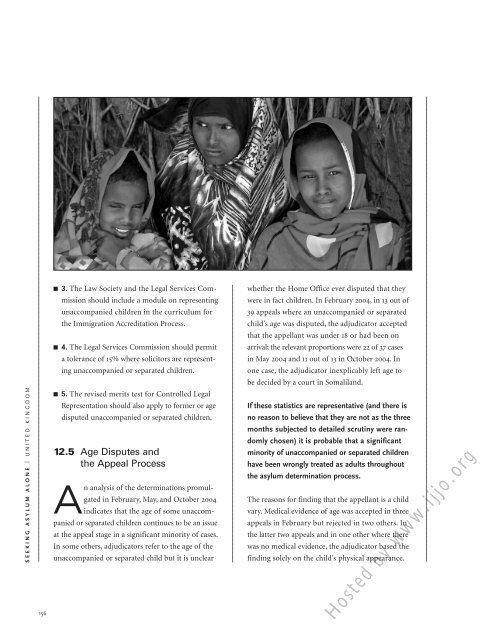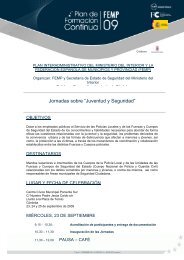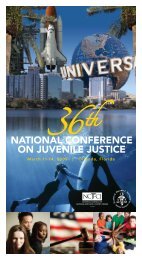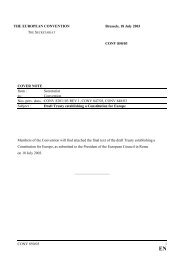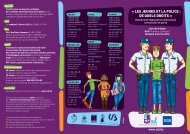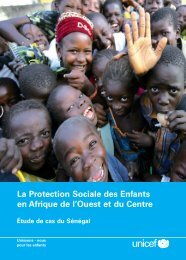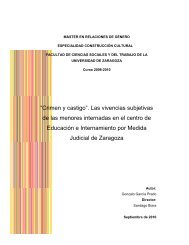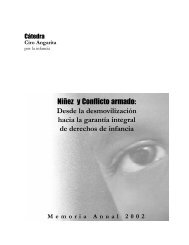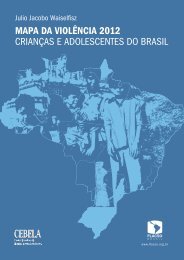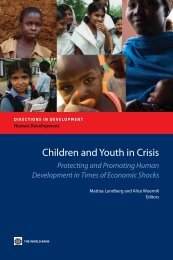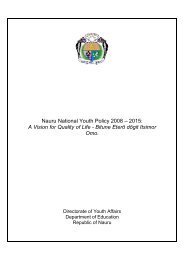Hosted by www.ijjo.org
Hosted by www.ijjo.org
Hosted by www.ijjo.org
Create successful ePaper yourself
Turn your PDF publications into a flip-book with our unique Google optimized e-Paper software.
■ 3. The Law Society and the Legal Services Com-<br />
whether the Home Office ever disputed that they<br />
mission should include a module on representing<br />
were in fact children. In February 2004, in 13 out of<br />
unaccompanied children in the curriculum for<br />
39 appeals where an unaccompanied or separated<br />
the Immigration Accreditation Process.<br />
child’s age was disputed, the adjudicator accepted<br />
that the appellant was under 18 or had been on<br />
■ 4. The Legal Services Commission should permit<br />
arrival; the relevant proportions were 22 of 37 cases<br />
a tolerance of 15% where solicitors are represent-<br />
in May 2004 and 11 out of 13 in October 2004. In<br />
ing unaccompanied or separated children.<br />
one case, the adjudicator inexplicably left age to<br />
be decided <strong>by</strong> a court in Somaliland.<br />
SEEKING ASYLUM ALONE | UNITED KINGDOM<br />
156<br />
■ 5. The revised merits test for Controlled Legal<br />
Representation should also apply to former or age<br />
disputed unaccompanied or separated children.<br />
12.5 Age Disputes and<br />
the Appeal Process<br />
An analysis of the determinations promulgated<br />
in February, May, and October 2004<br />
indicates that the age of some unaccompanied<br />
or separated children continues to be an issue<br />
at the appeal stage in a significant minority of cases.<br />
In some others, adjudicators refer to the age of the<br />
unaccompanied or separated child but it is unclear<br />
If these statistics are representative (and there is<br />
no reason to believe that they are not as the three<br />
months subjected to detailed scrutiny were randomly<br />
chosen) it is probable that a significant<br />
minority of unaccompanied or separated children<br />
have been wrongly treated as adults throughout<br />
the asylum determination process.<br />
The reasons for finding that the appellant is a child<br />
vary. Medical evidence of age was accepted in three<br />
appeals in February but rejected in two others. In<br />
the latter two appeals and in one other where there<br />
was no medical evidence, the adjudicator based the<br />
finding solely on the child’s physical appearance.<br />
<strong>Hosted</strong> <strong>by</strong> <strong>www</strong>.<strong>ijjo</strong>.<strong>org</strong>


